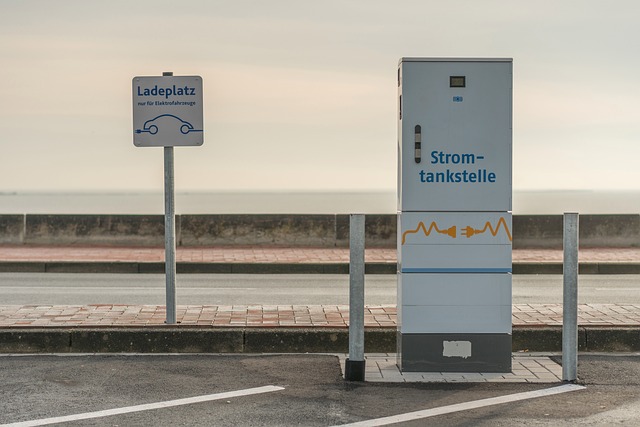
Driving Toward Sustainability: Exploring Station Mobility in a Carbon-Neutral World
In our rapidly evolving world, the quest for sustainable development is more crucial than ever. As cities expand and populations grow, the concept of station mobility emerges as a beacon of hope for environmentally conscious urban planning. Station mobility not only redefines how we navigate our surroundings but also aligns closely with our aspirations for a carbon-neutral future.
The ecological footprint of traditional transportation systems has been a significant contributor to climate change. With fossil fuel dependence, emissions have soared, causing detrimental effects on our planet. However, innovations in green technologies are transforming station mobility into a desirable alternative. For instance, imagine a landscape where electric buses, solar-powered trams, and bicycle-sharing programs dominate the transportation scene. Each sustainable option whittles down our carbon footprint while providing a seamless mobility experience.
One of the primary goals of station mobility is to create interconnected transportation hubs that encourage the use of green alternatives. By integrating multiple modes of transport, such as buses, trains, bikes, and even pedestrian pathways into a unified network, we reduce reliance on personal vehicles, ultimately fostering a cleaner environment.
As cities around the globe invest in these systems, we see a remarkable shift toward a sustainable future. Think of the energy savings from electric public transport systems; the reduction in congestion as more individuals choose to walk or bike; and the enhanced accessibility for everyone, regardless of age or ability. This shift not only revitalizes urban areas but also enhances the quality of life for their inhabitants.
Moreover, the role of technology in advancing station mobility cannot be overstated. Innovations such as mobile applications for real-time tracking, ticketless travel options, and smart city infrastructure are revolutionizing the way we move. These advancements empower individuals to make more informed decisions about their travel while contributing to a collective effort in reducing our carbon emissions. The journey towards a carbon-neutral world is indeed a communal endeavor.
By promoting station mobility, cities are not just adhering to an eco-friendly agenda, but they are also reimagining their infrastructures. Parks, green roofs, and pedestrian-friendly pathways contribute to a vibrant urban ecosystem that goes beyond mere transportation. This holistic approach not only consumes less energy but also attains a deeper appreciation of the environment among urban dwellers.
As we drive toward sustainability, it’s clear that station mobility represents the intersection of convenience, accessibility, and environmental stewardship. It invites us to envision a world where our travel habits are harmoniously integrated with our ecological values, ultimately paving the way for a sustainable and carbon-neutral future.



